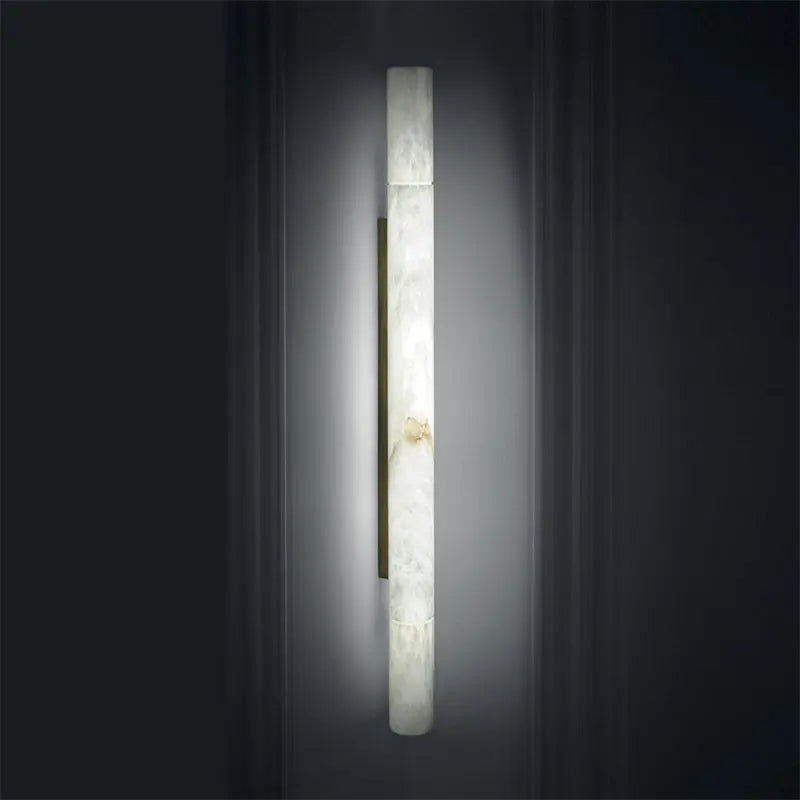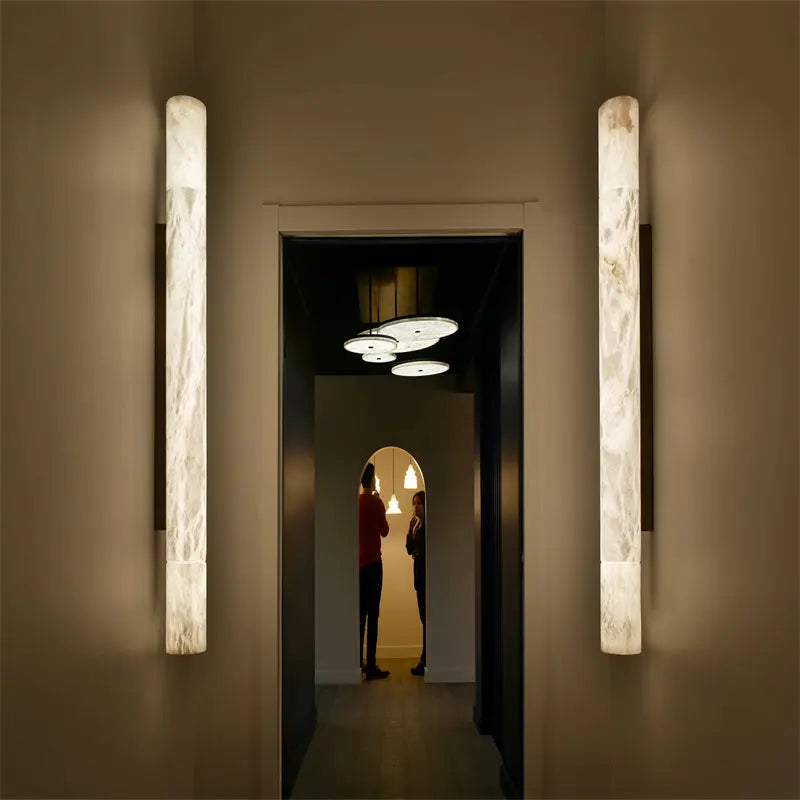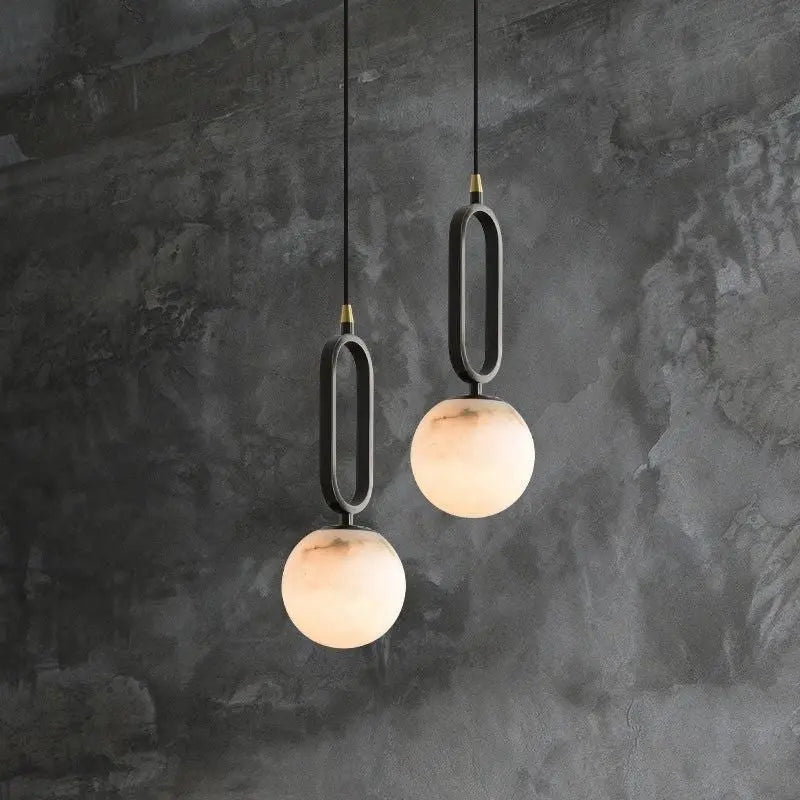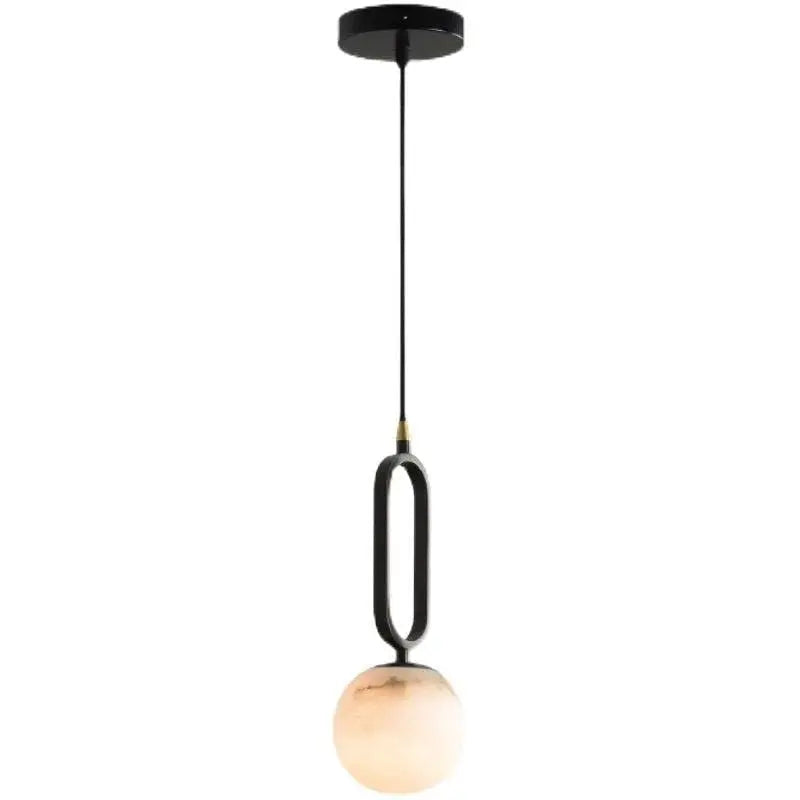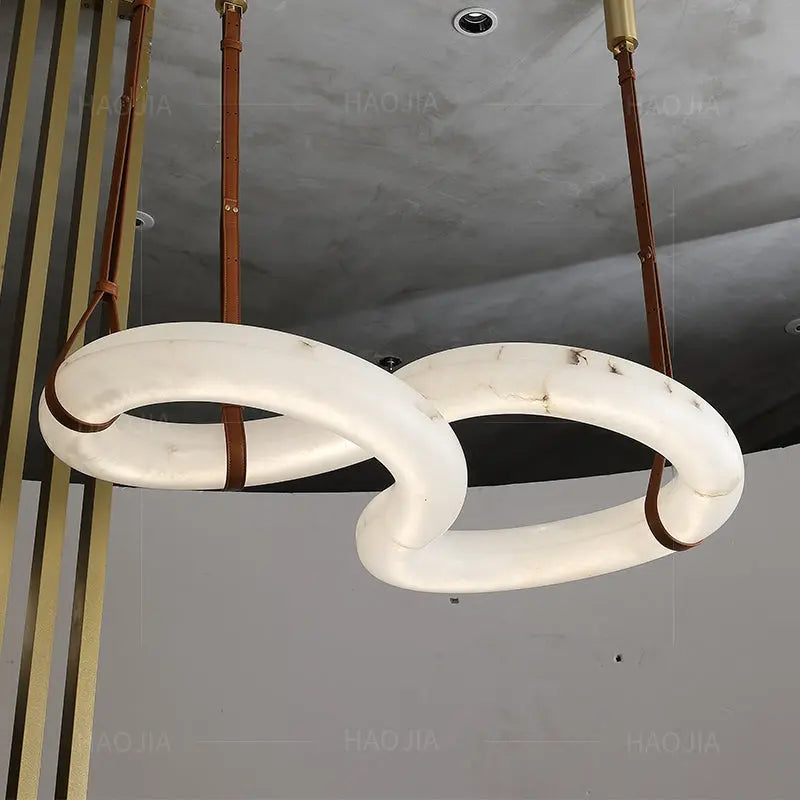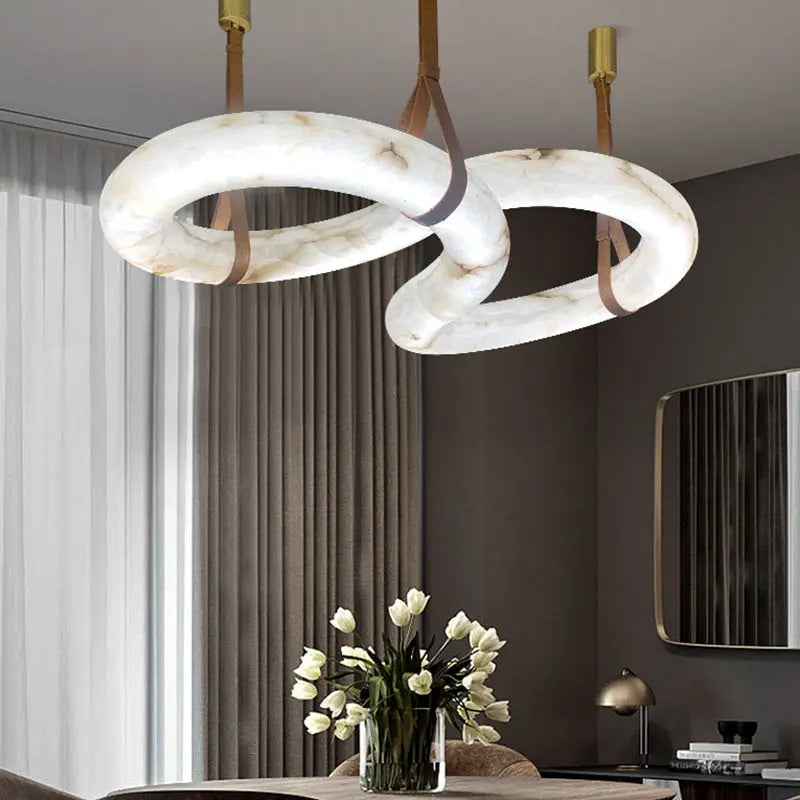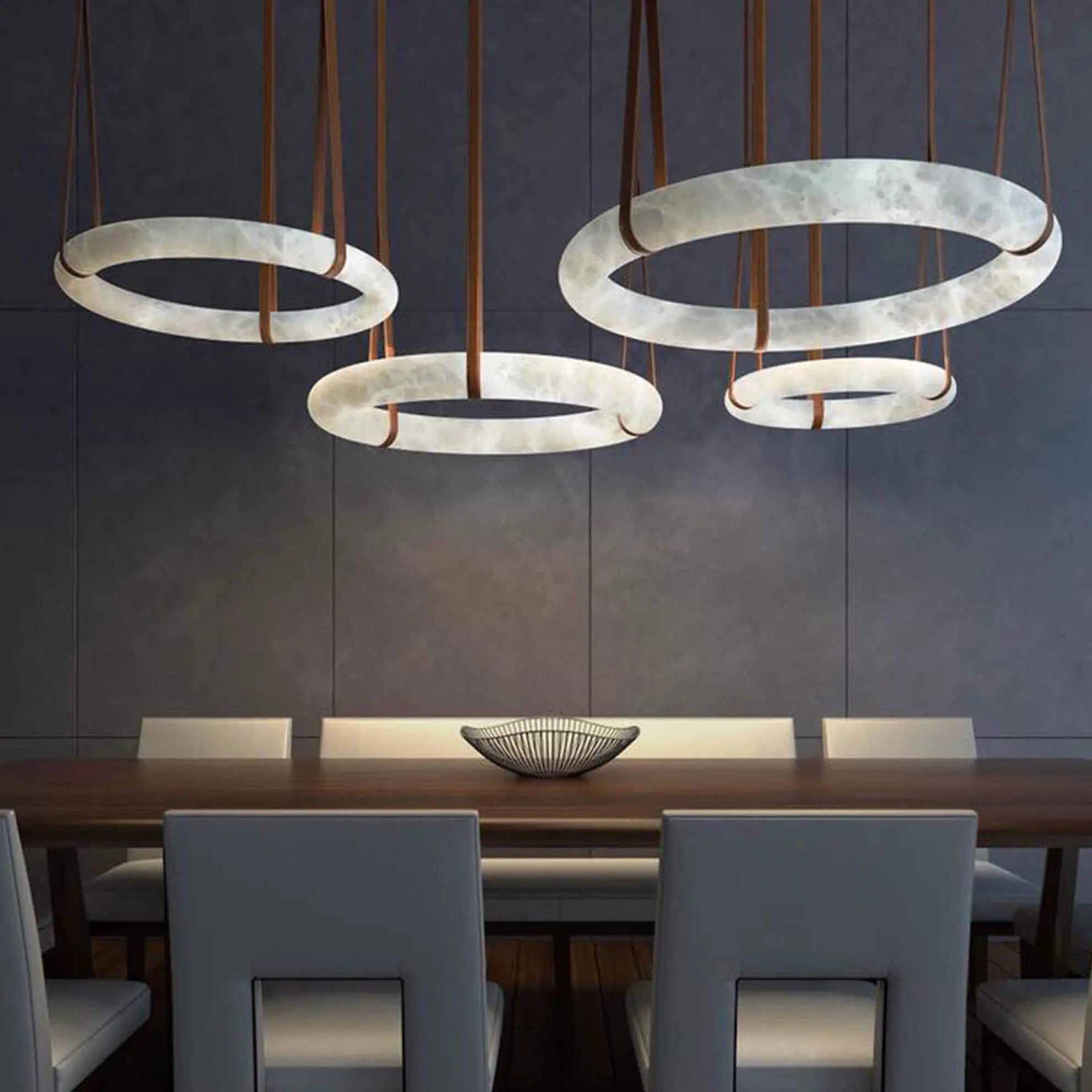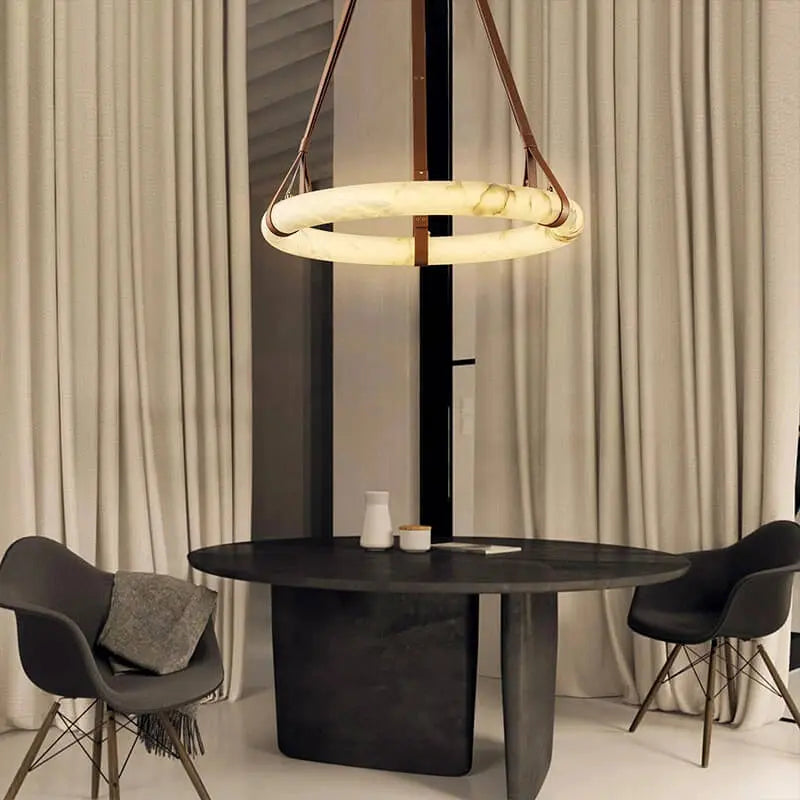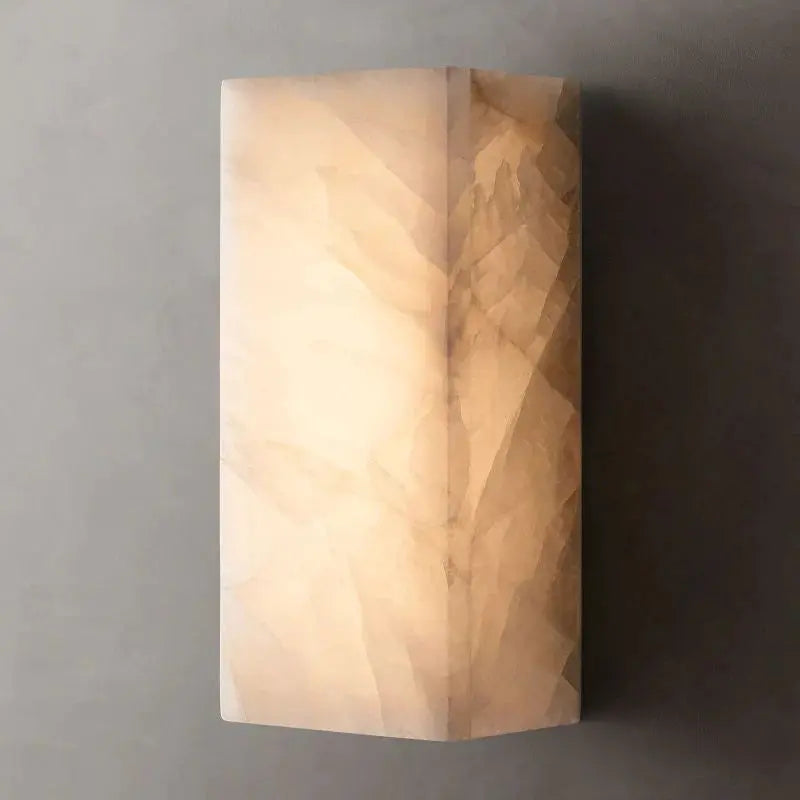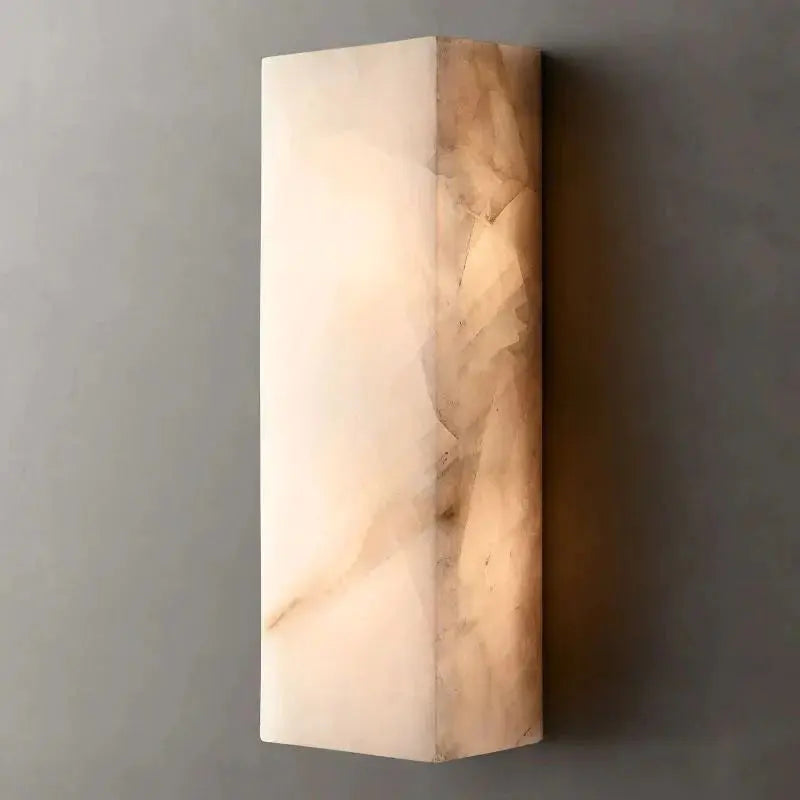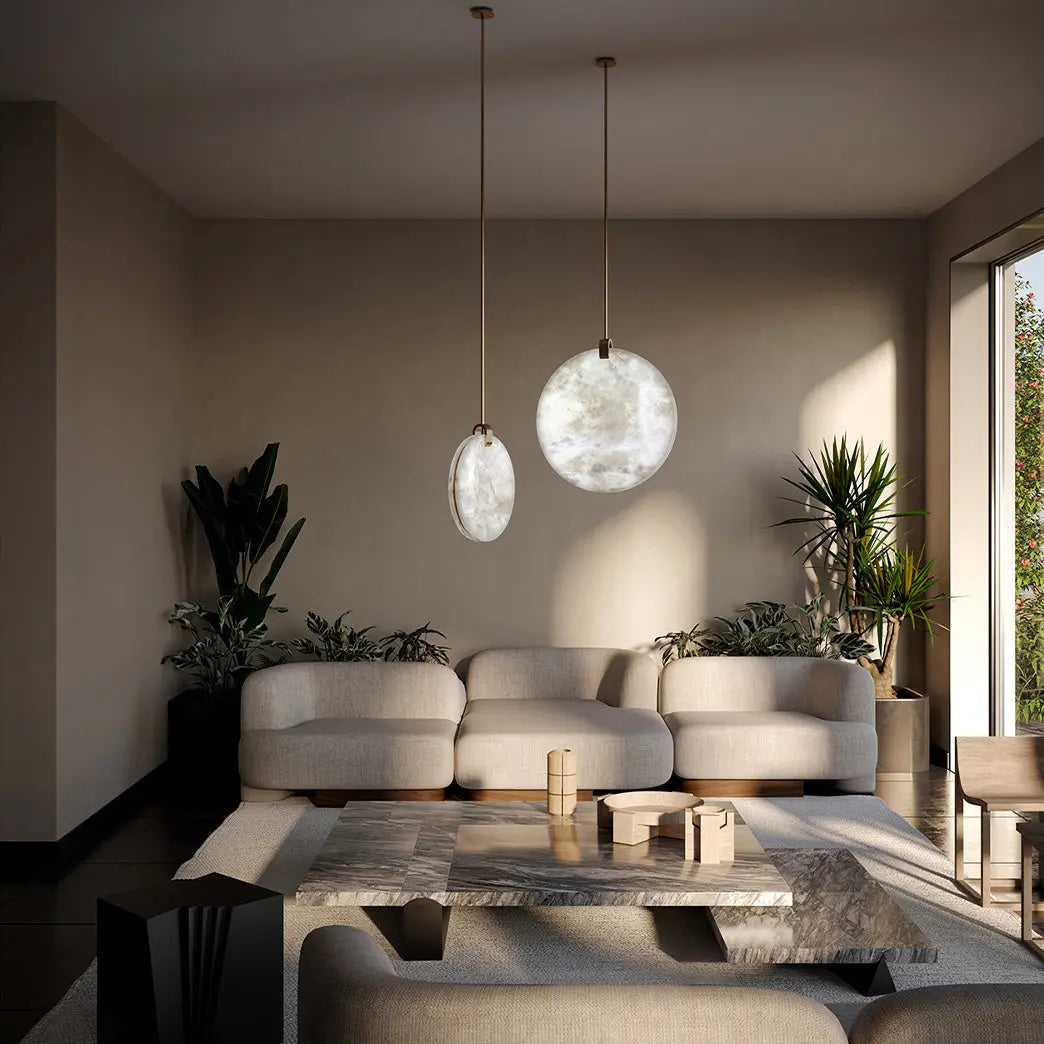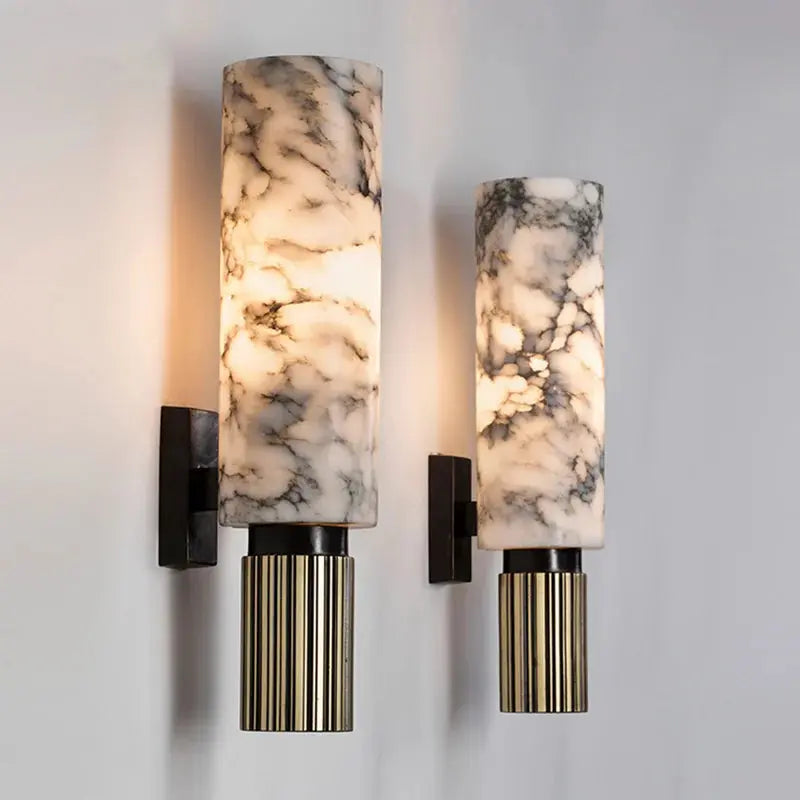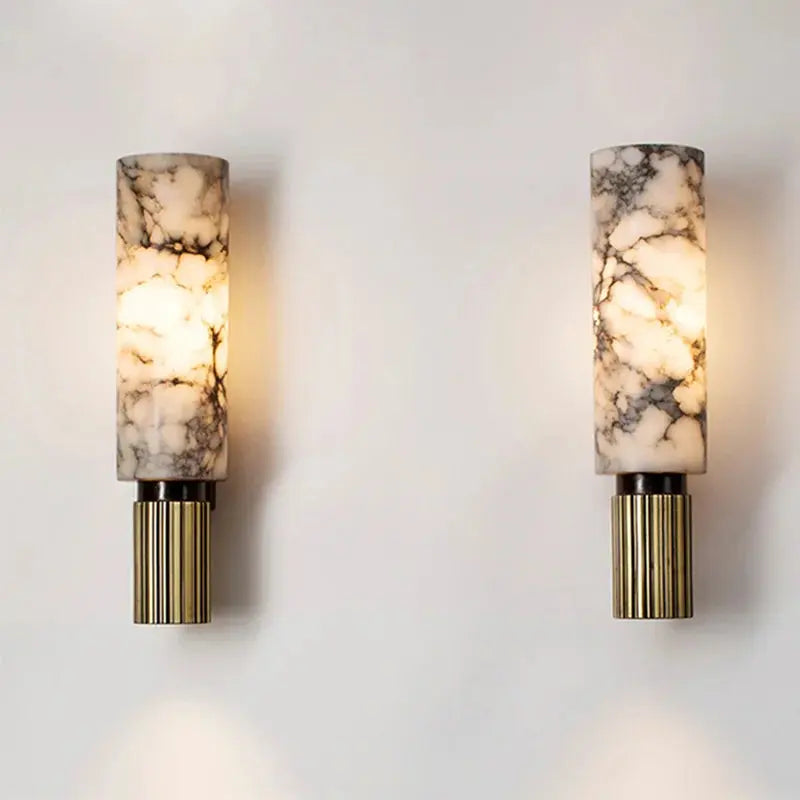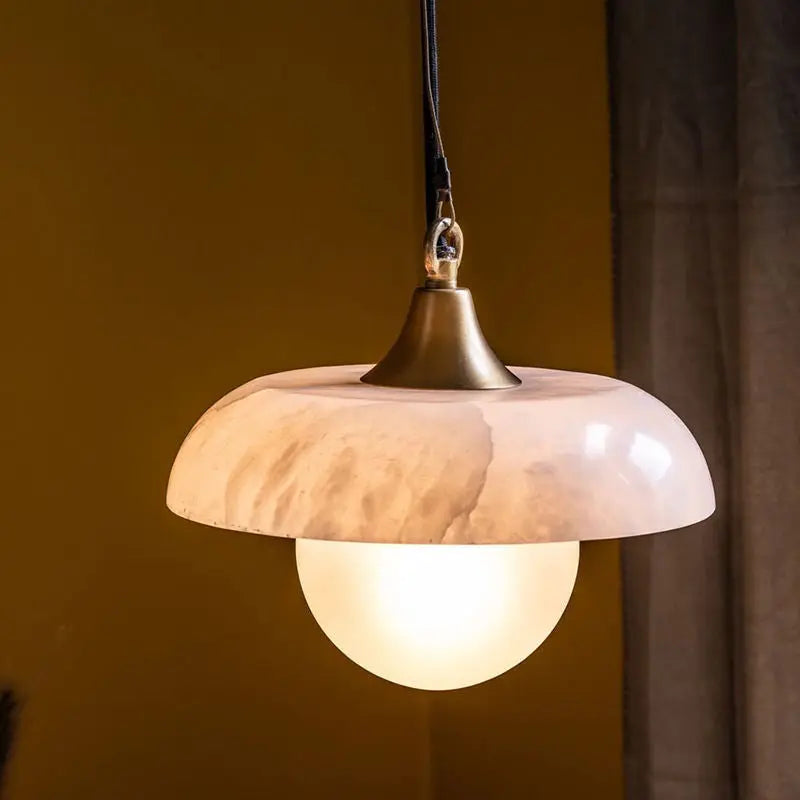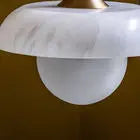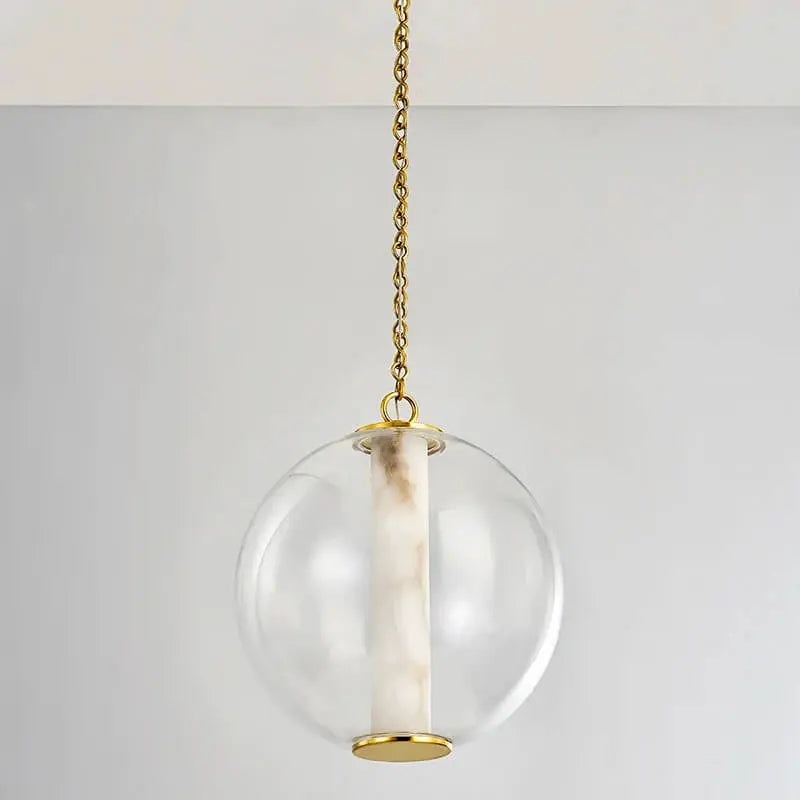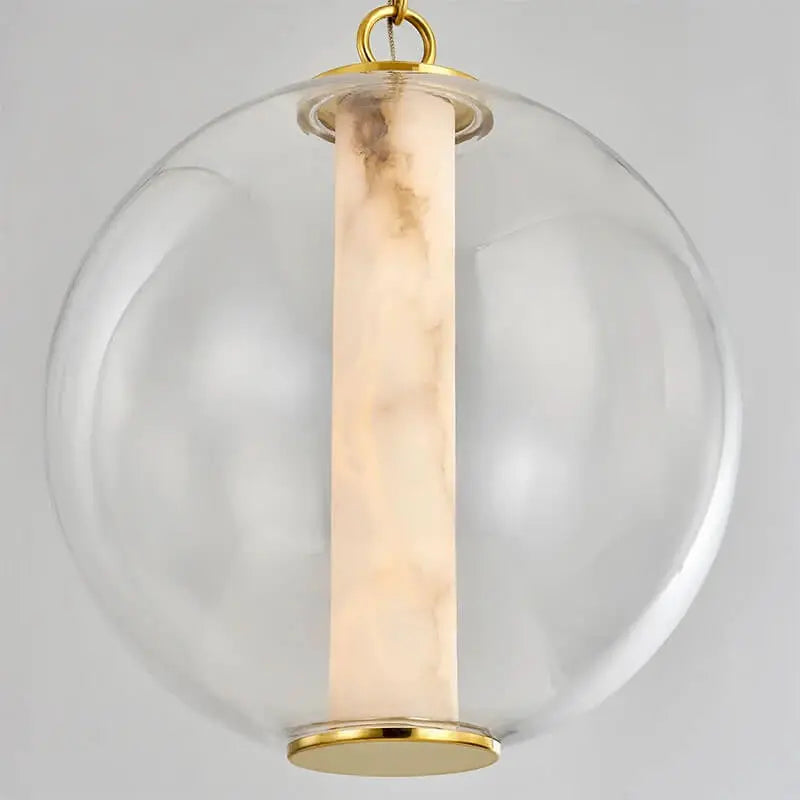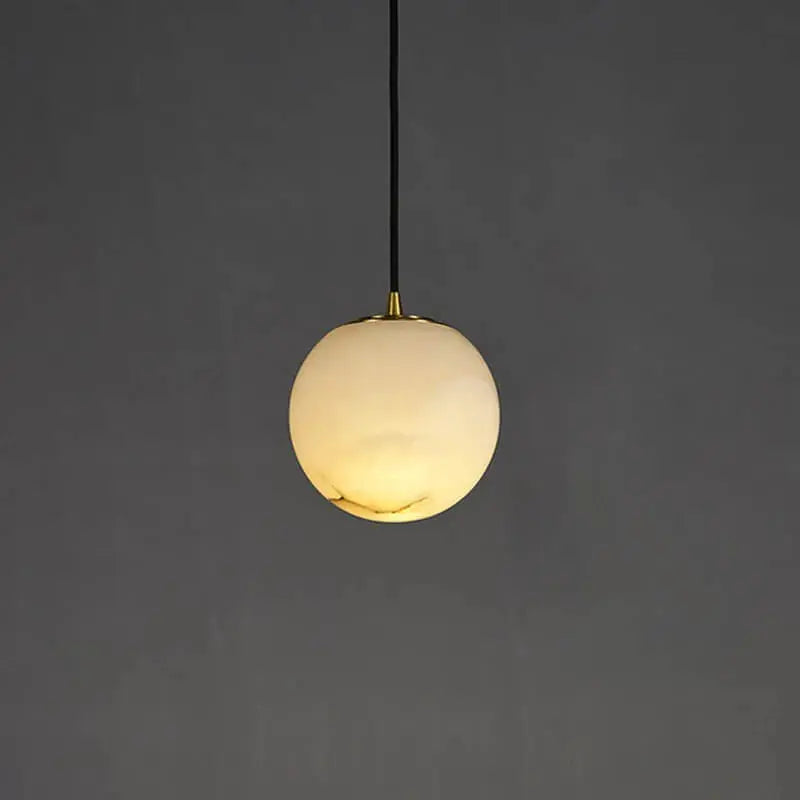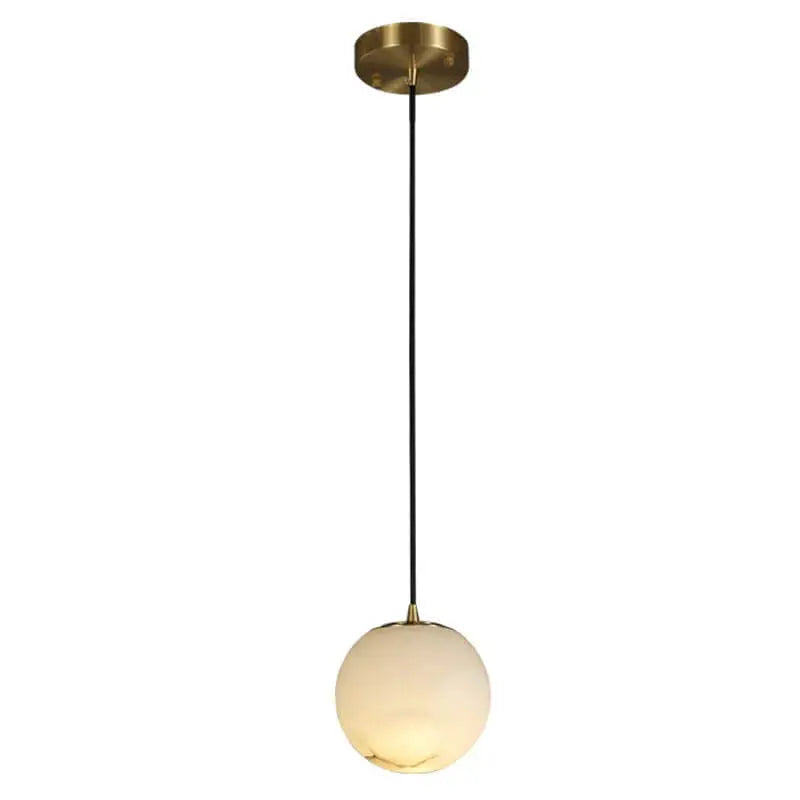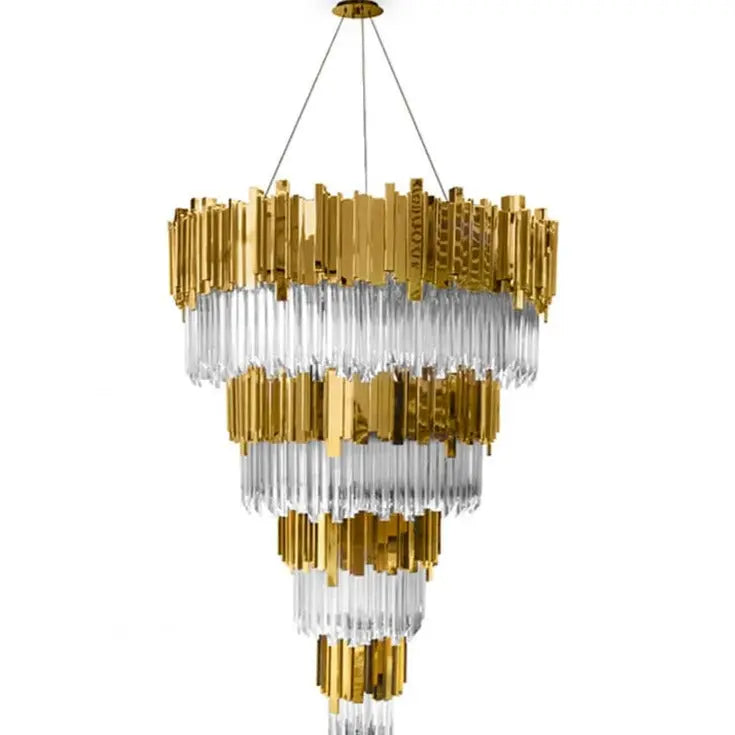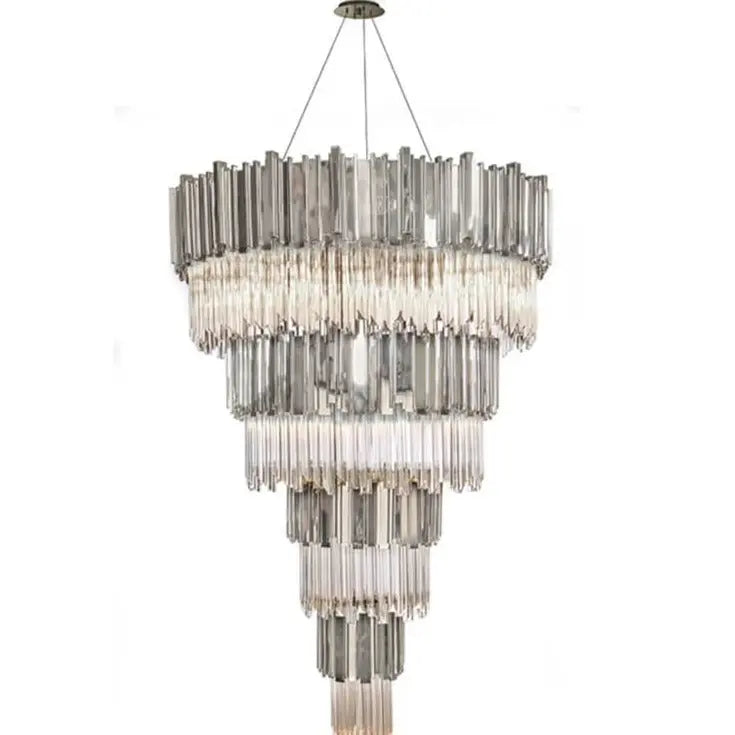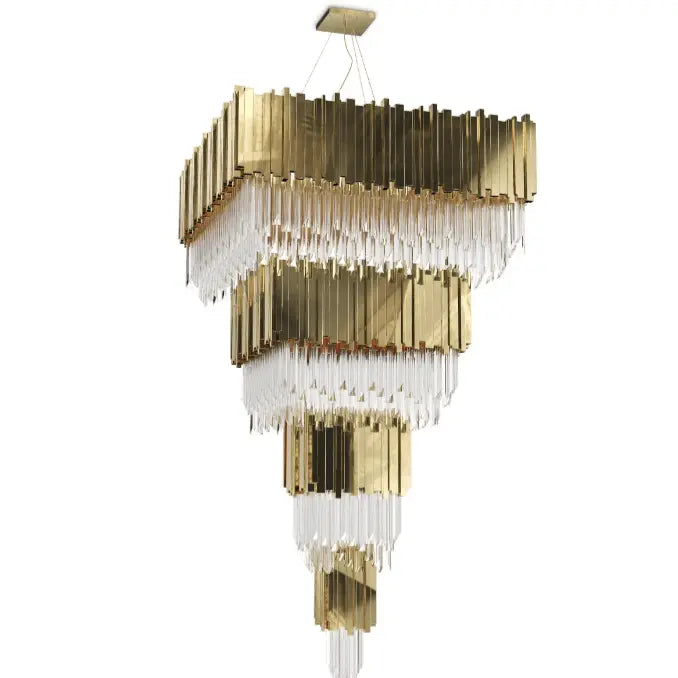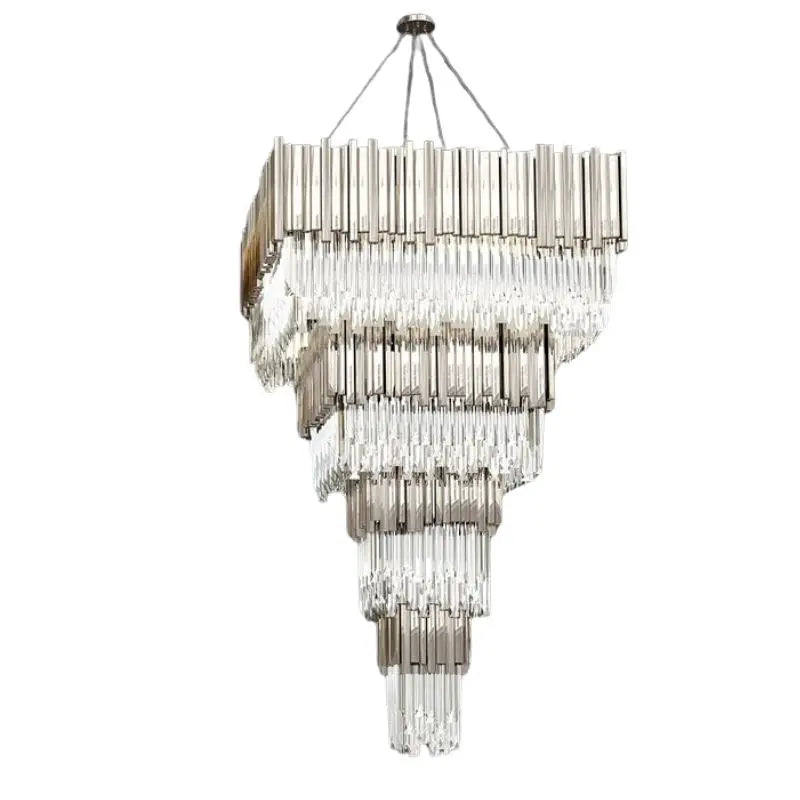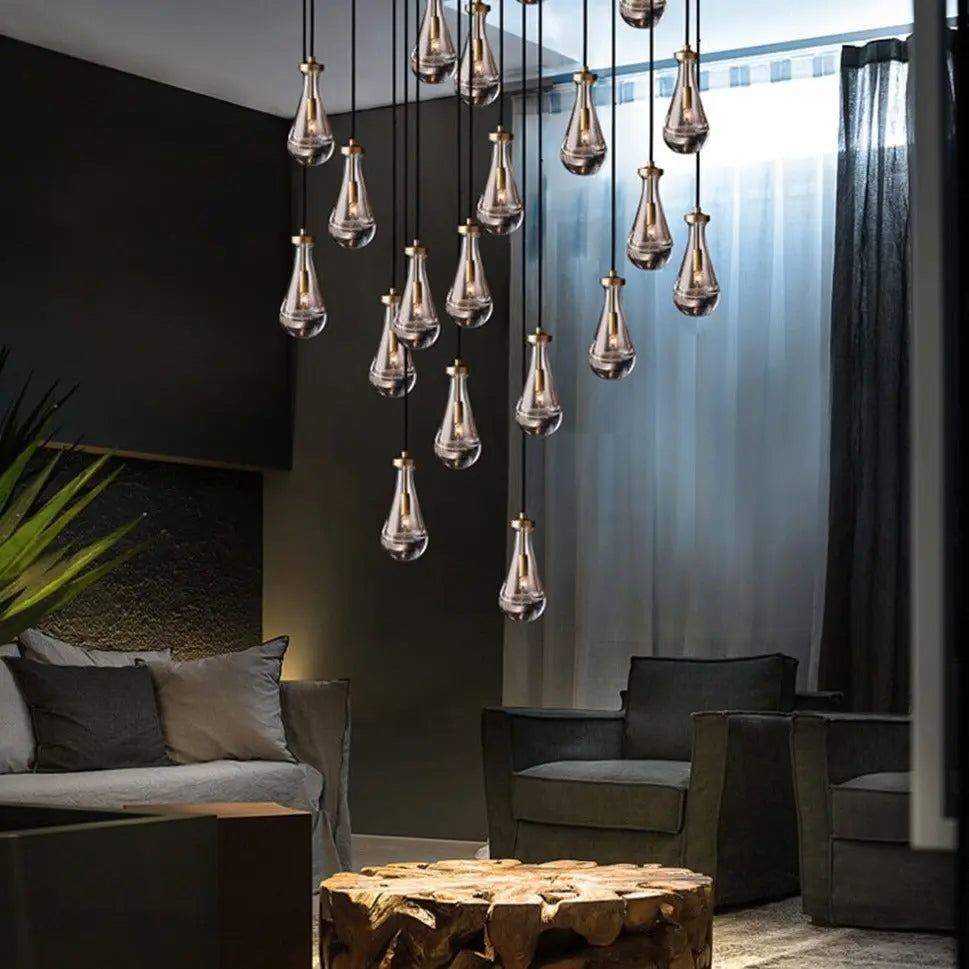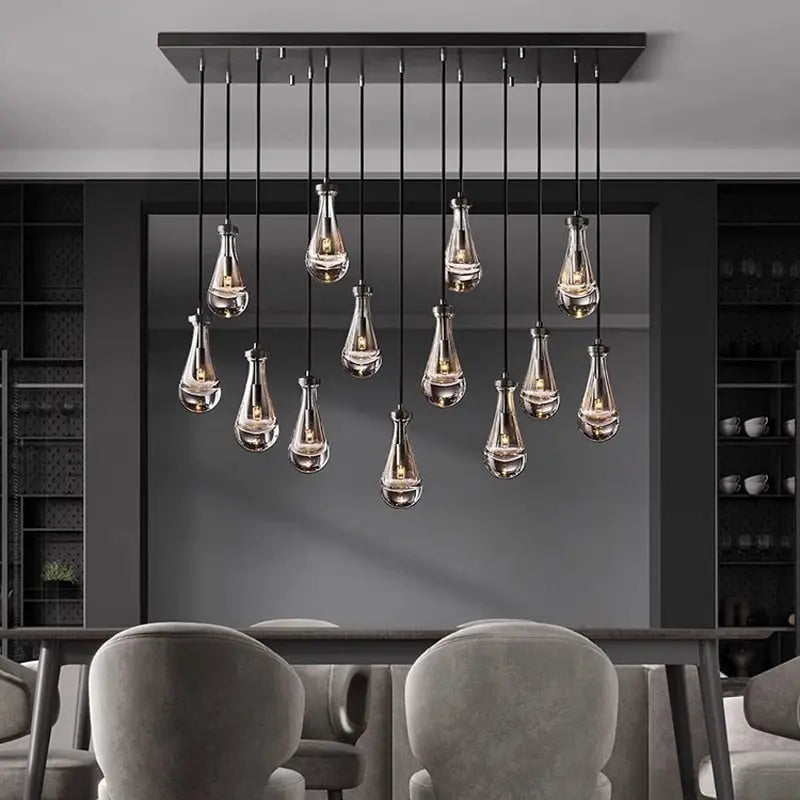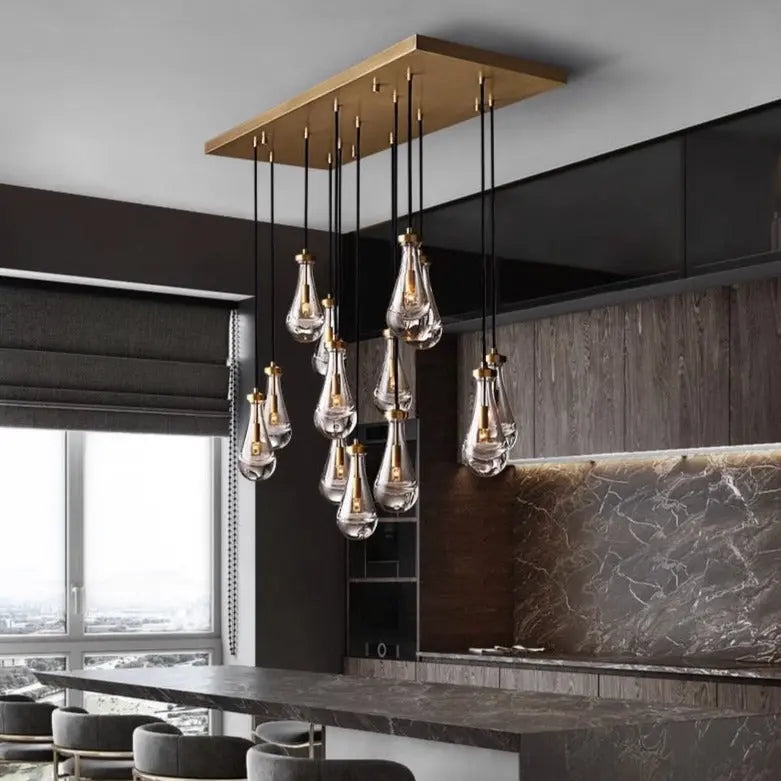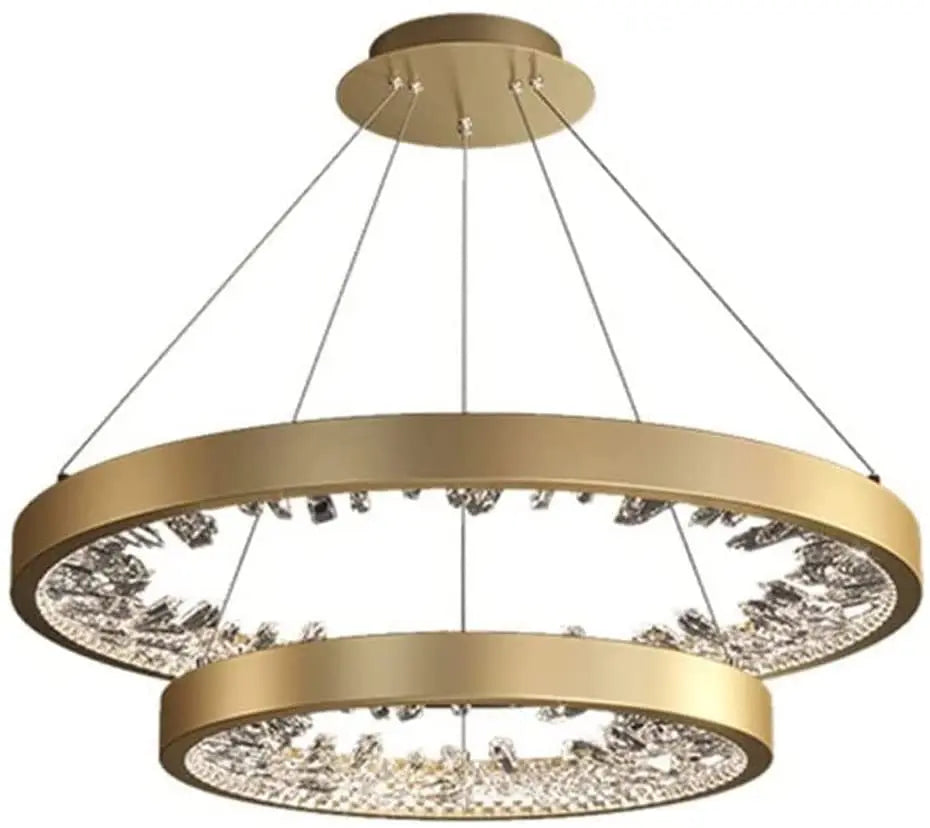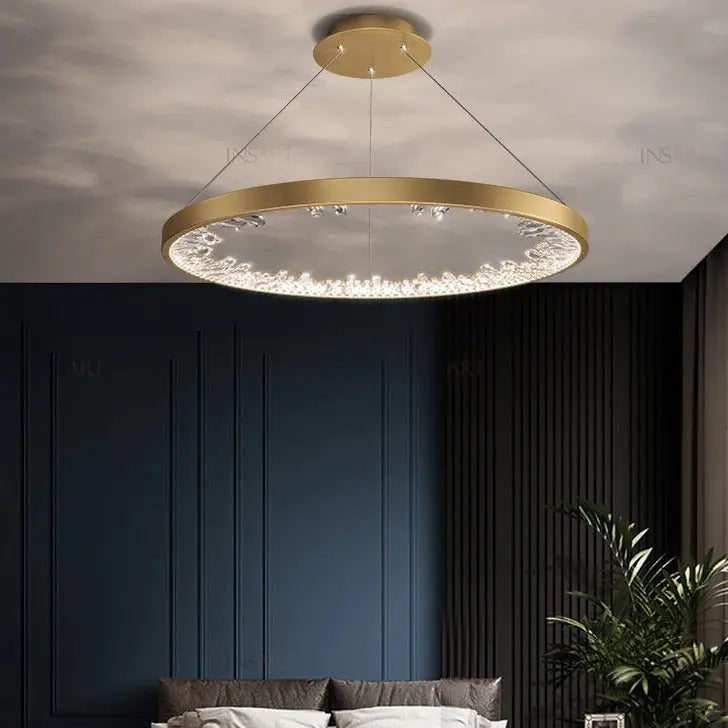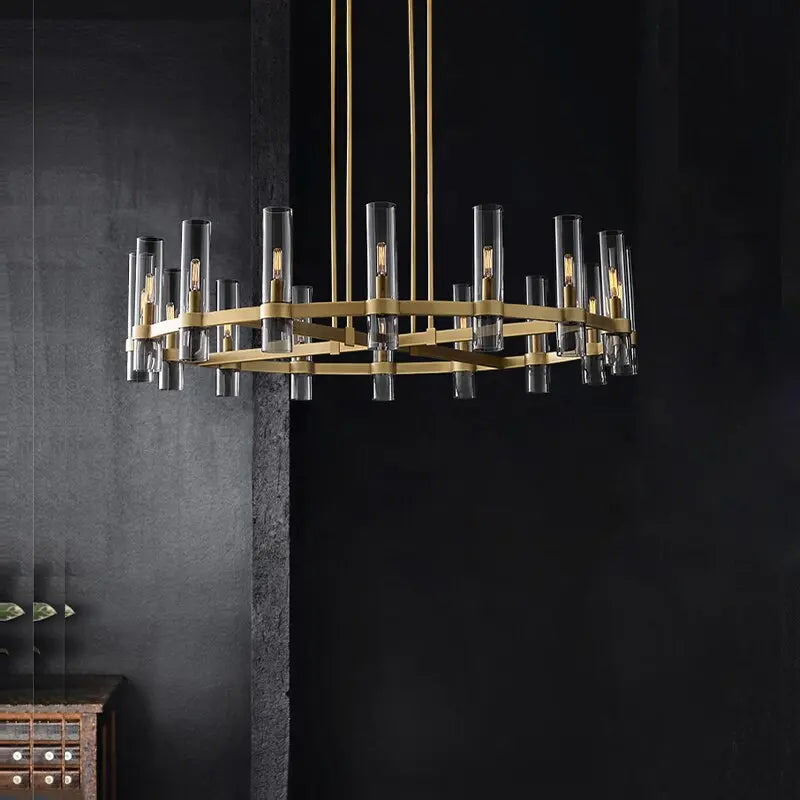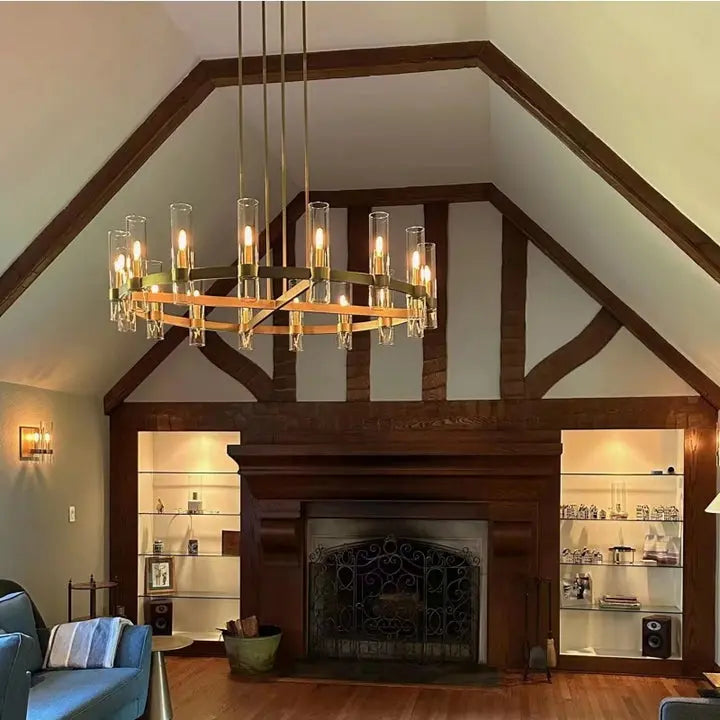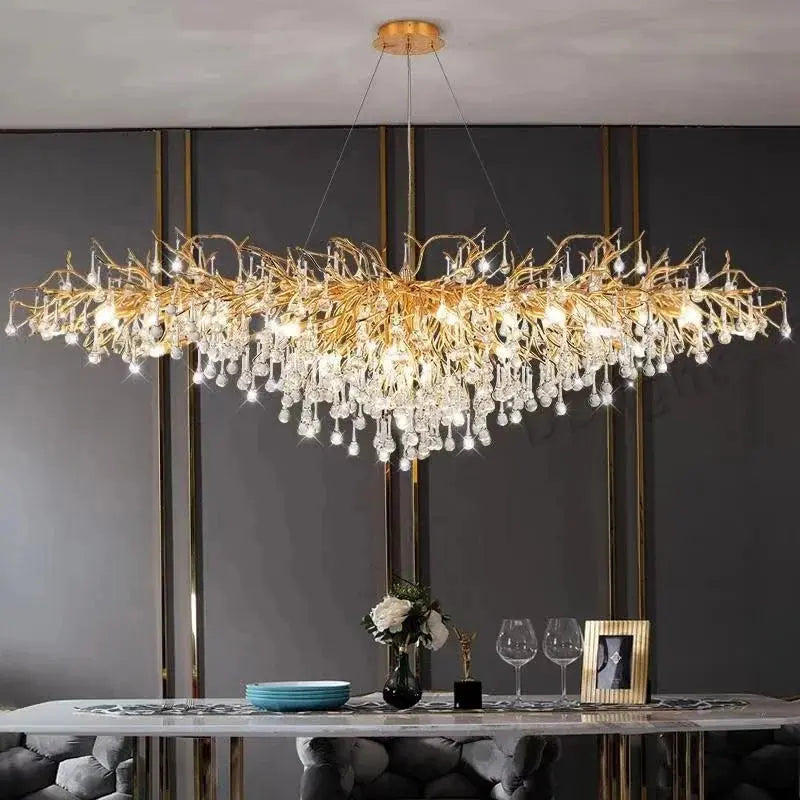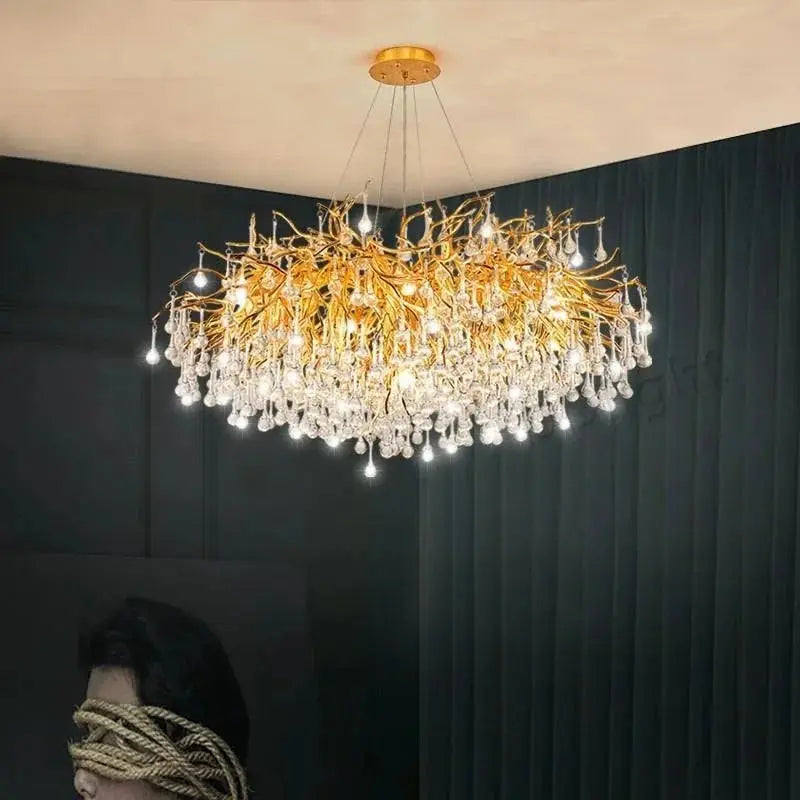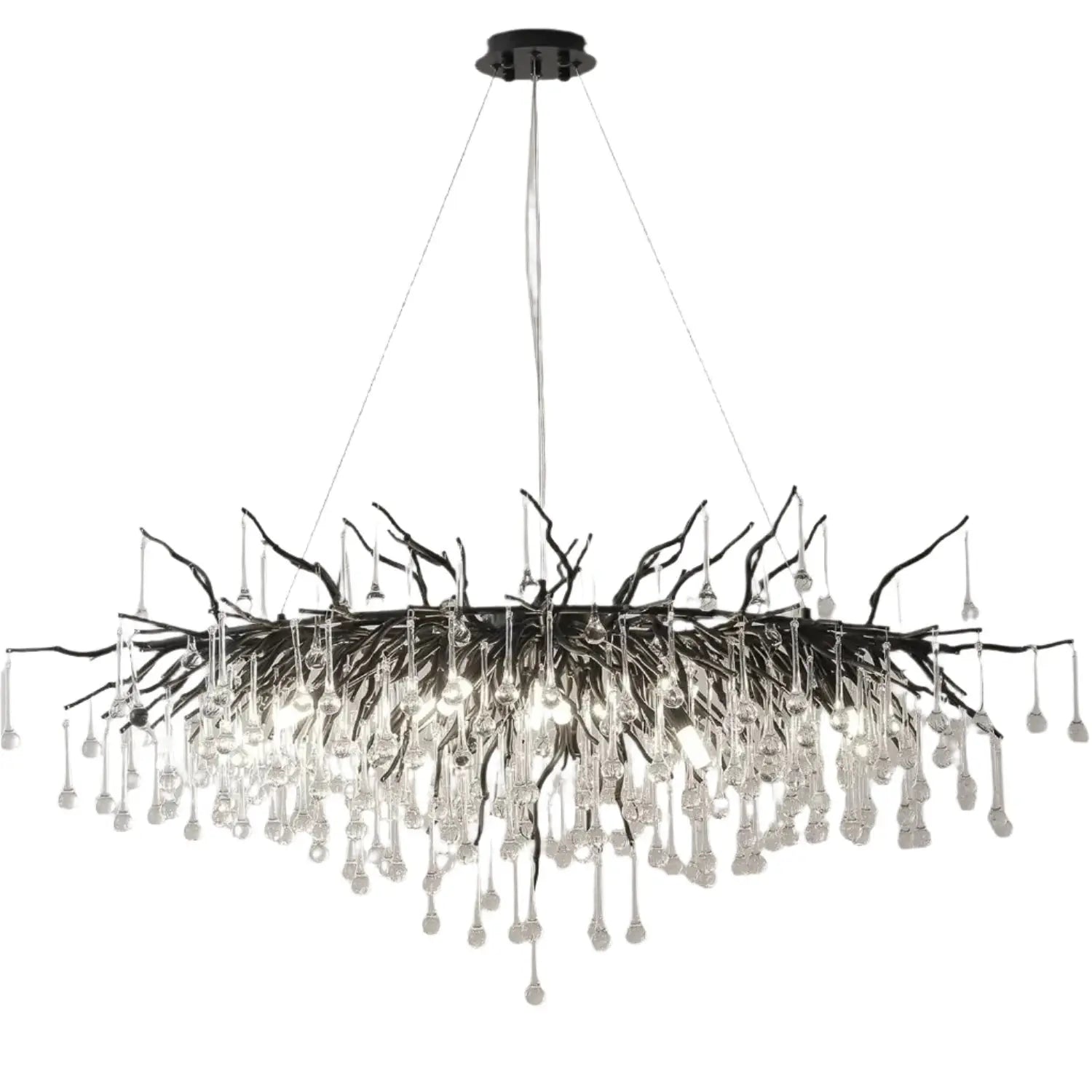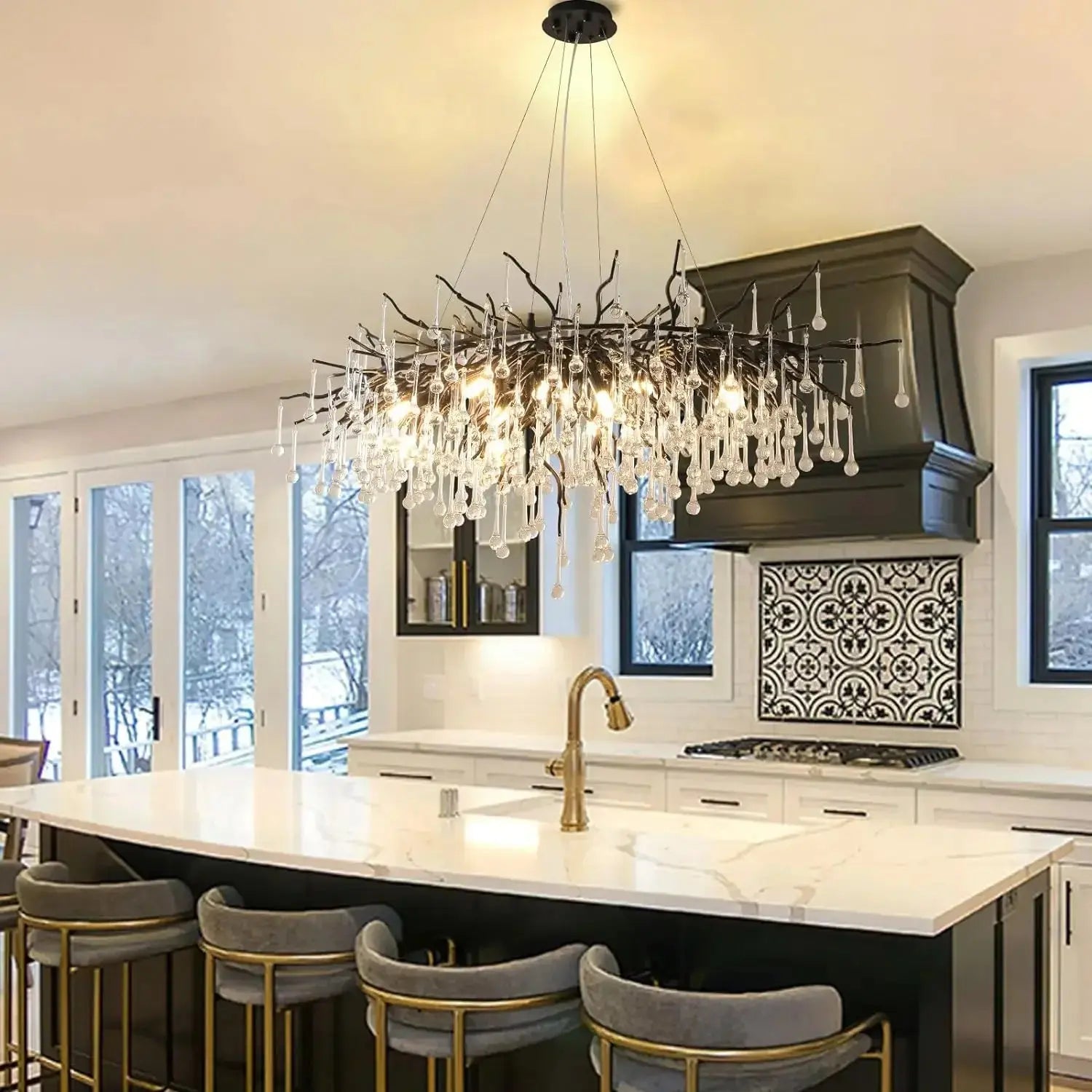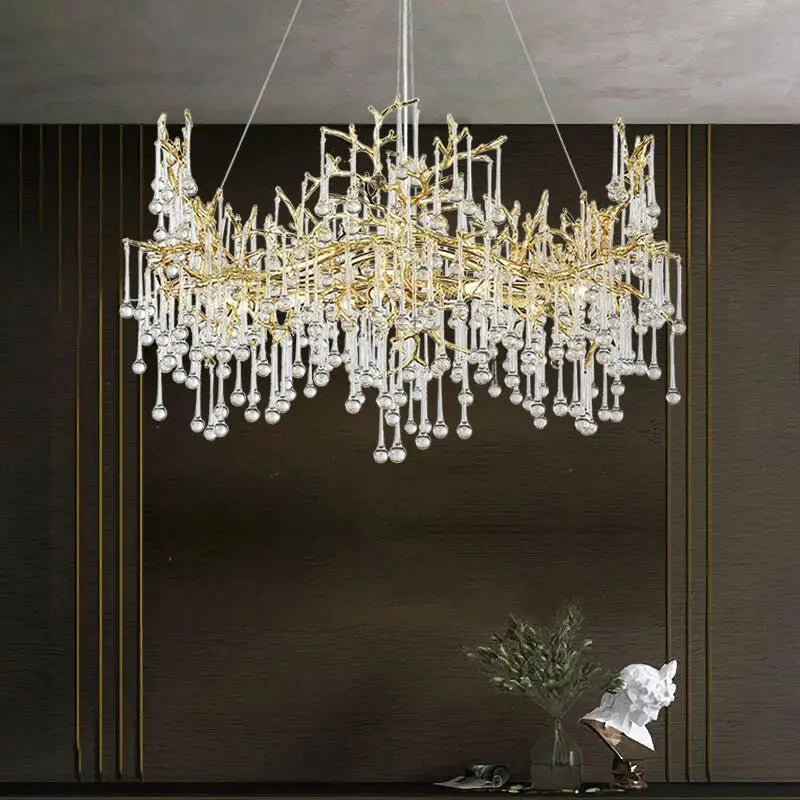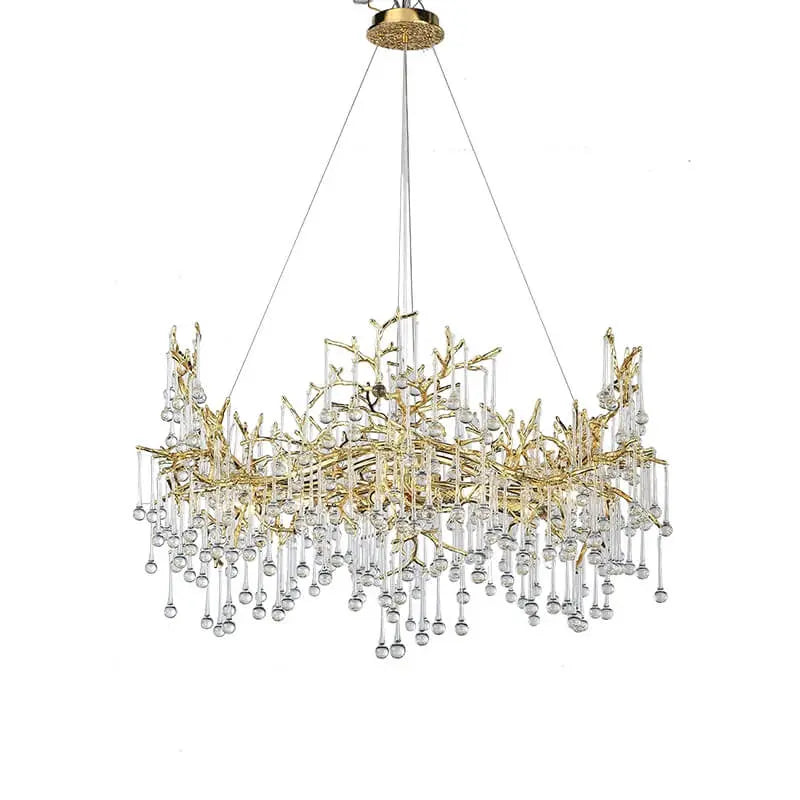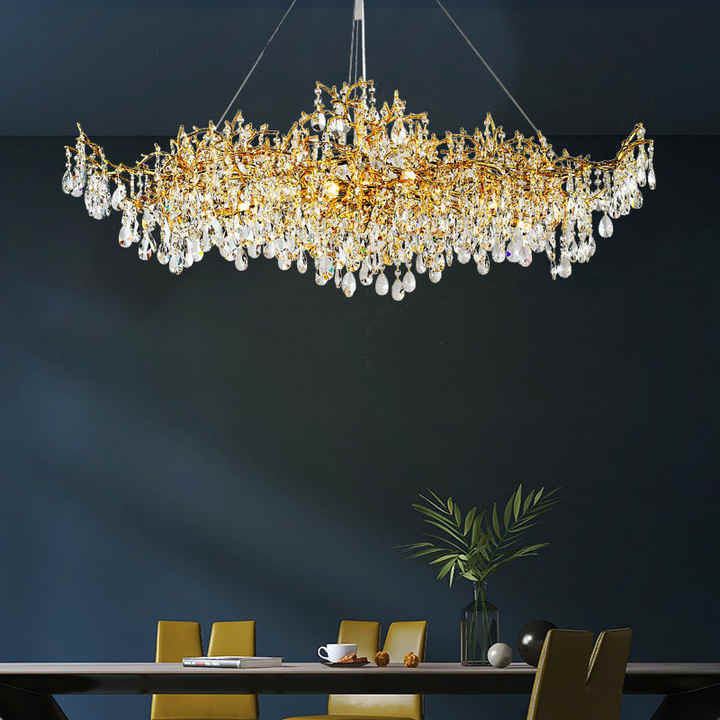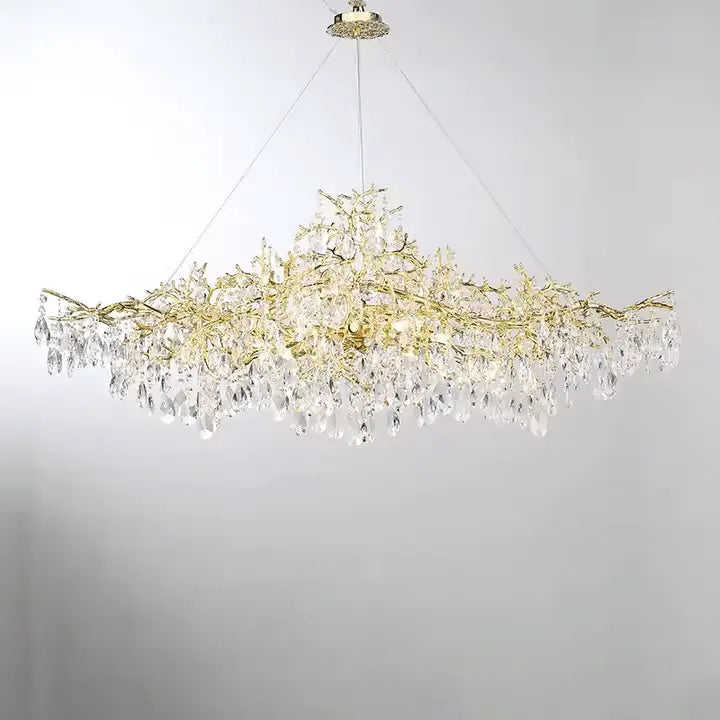Wall art decor can completely change the vibe of any room. It’s amazing how the right arrangement can make a space feel more alive and personal. From choosing the right pieces to figuring out how to hang them, there’s a lot that goes into creating the perfect wall display. Whether you want to make a bold statement or just add a touch of personality, there are plenty of creative ideas to explore. Let’s dive into some ways to transform your space with wall art decor!
Key Takeaways
- Consider how art can create focal points in your room.
- Mix different frame styles for an eclectic look.
- Use social media for fresh wall art inspiration.
- Experiment with different layouts before hanging art.
- Incorporate various textures for a dynamic display.
How Thoughtful Wall Arrangements Can Redefine Your Space
Wall art can totally change a room. How you set it up can make a simple space feel artistic. It's not just about hanging one picture; it's about playing with how things look together. Think about trying different setups to show off your style. It's about finding the perfect balance between the art and the room.
Creating Focal Points with Art
Art can really grab your attention when you walk into a room. It's like giving the room a personality. You can use a big piece of art or a group of smaller ones to draw people's eyes to a certain spot. It's a simple way to make a statement and show off what you like.
Enhancing Room Flow and Mood
How you hang art can change how you feel in a room. If you put art in the right places, it can make the room feel more connected and balanced. Think about the colors and styles of the art and how they fit with the rest of the room. It's all about creating a vibe that you enjoy.
Balancing Art with Interior Design
It's important to think about how your art fits with the rest of your stuff. You don't want the art to clash with your furniture or colors. It should all work together to make the room look good. It's like putting together a puzzle – everything needs to fit just right.
A good wall arrangement makes a room feel complete. It's not just about filling empty space; it's about adding something that makes the room feel like home.
Artful Wall Arrangements to Try in Your Home
There are so many ways to arrange art on your walls, it can be overwhelming! But certain layouts really do transform a space. Each one brings something unique, letting you personalize your walls while keeping things balanced and visually interesting.
Eclectic Gallery Wall With Mixed Frames
An eclectic gallery wall, with a mix of frame sizes, styles, and colors, creates an engaging, layered look. It's a great way to show off different art styles, personal photos, or even little things you've collected over time. You can even hang shallow baskets for a unique touch. The key is to find frames that complement each other without being too matchy-matchy.
- Mix vintage and modern frames.
- Use different materials like wood, metal, and even fabric-covered frames.
- Don't be afraid to include non-traditional items like mirrors or small sculptures.
An eclectic gallery wall is a great way to showcase your personality and tell a story with your art. It's all about creating a collection that reflects your unique taste and interests.
Minimalist Triptychs for a Clean Look
A minimalist triptych – three large-scale prints lined up side by side – offers a clean, sophisticated way to bring modern art into your space. This arrangement works best in rooms where you want a sense of calm and order. Think bedrooms or home offices. It's a simple way to make a big impact without overwhelming the space. Consider using bathroom accent wall ideas to inspire your choices.
- Choose prints with a similar color palette.
- Make sure the prints are the same size and shape.
- Hang them with equal spacing between each piece.
Asymmetrical Groupings for Dynamic Appeal
Asymmetry in wall art arrangements is a cool way to make a room feel both balanced and unexpected. Mixing artworks of different sizes and shapes lets you create a visually interesting composition that plays with proportion and scale. This arrangement works best in living rooms or dining spaces where you want to make a statement. The key is finding a natural balance so that the arrangement feels intentional yet relaxed, allowing each piece to complement the next without competing for attention. You can even create a stunning wall arrangement using mirrors.
- Start with a focal point piece and build around it.
- Use different shapes and sizes to create visual interest.
- Don't be afraid to overlap pieces slightly.
Where to Find Fresh Inspiration for Your Wall Art Arrangements
Finding cool ideas for how to arrange your wall art can be super fun. There are tons of places to look, whether you're into a modern gallery wall or something more unique and personal.
Exploring Design Magazines and Blogs
Design magazines and blogs are awesome for getting a feel for what's trending. You'll see how professionals put spaces together, and it can spark some ideas you hadn't thought of. I like to keep a folder of screenshots from online articles and tear sheets from magazines. It's a great way to build a visual library of what I like. Plus, you can find tips on color schemes and how to balance different elements in a room. Don't underestimate the power of a good old-fashioned magazine!
Utilizing Social Media Platforms
Social media is a goldmine! Platforms like Pinterest and Instagram are packed with images of beautifully decorated spaces. You can search specific terms like "gallery wall ideas" or "eclectic art arrangements" to narrow down your search. I've even found some cool artists and shops through hashtags. It's also a great way to see how real people are decorating their homes, which can be more relatable than the perfectly staged photos you see in magazines. Just be careful not to get too caught up in comparing yourself to others—use it as inspiration, not a competition!
Visiting Art Galleries and Exhibitions
Going to art galleries and exhibitions is a fantastic way to see art in person and get a sense of how different pieces work together. You can observe how the curators arrange the art and how it interacts with the space. It's also a great opportunity to discover new artists and styles that you might not have come across otherwise. Plus, it's just a fun and enriching experience! I always leave feeling inspired and ready to try new things in my own home. If you are looking for shelf with wall art, you can find some inspiration here.
I find that taking photos of displays I like helps me remember the details later. It's like creating my own personal mood board from real-life experiences.
Bringing Your Personal Style to Life Through Art Arrangement

It's time to get personal! Arranging art isn't just about filling space; it's about showing off who you are. Think of your walls as a canvas for your personality. Let's explore how to make your art arrangement a true reflection of you.
Assessing Your Space and Style
First things first, take a good look around. What kind of vibe are you going for? Is your home modern, cozy, or something in between? Consider the size of your walls, the lighting, and the existing furniture. This will help you choose art that fits seamlessly. Think about the colors and textures already present. Do you want your art to blend in or stand out? Answering these questions is the first step in creating a cohesive and personalized display. Don't rush this part; it's the foundation for everything else.
Curating a Collection of Art
Now for the fun part: gathering your art! This doesn't mean you have to spend a fortune. Start with what you love. Maybe it's a painting you picked up on vacation, a print from a local artist, or even your kid's artwork. Mix and match different styles, but try to find a common thread. Maybe it's a color palette, a theme, or a feeling. The goal is to create a collection that tells a story – your story. Don't be afraid to include unexpected pieces. Sometimes, the most unique combinations are the most interesting. Consider eco-friendly choices when selecting your pieces.
Experimenting with Layouts and Spacing
Okay, you've got your art. Now it's time to play! Before you start hammering nails, lay everything out on the floor. Try different arrangements. There's no right or wrong way to do this. Some people prefer a symmetrical grid, while others like a more free-flowing, asymmetrical look. Consider the spacing between each piece. Too much space can make the arrangement feel disjointed, while too little can make it feel cluttered. Here are some ideas to get you started:
- The Gallery Wall: A mix of sizes and styles, hung close together.
- The Salon Style: Floor-to-ceiling art, creating a dramatic effect.
- The Minimalist Approach: A few carefully chosen pieces, spaced far apart.
Don't be afraid to experiment! This is your chance to get creative and find what works best for you. Take photos of different layouts so you can compare them later. And remember, it's okay to change your mind. Art arrangement is an ongoing process, not a one-time event.
Incorporating Different Textures in Wall Art Decor

Using Fabric and Textile Art
I've been seeing more and more people use fabric and textiles as wall art, and honestly, I'm here for it. It's such a cool way to add warmth and depth to a room. Think beyond just framed prints – we're talking woven wall hangings, macrame, even quilted pieces. The texture instantly makes a space feel cozier and more inviting. You can find some really unique DIY art projects online, or even try your hand at making your own. It's a great way to personalize your space and add a touch of your own creativity.
Combining 3D Elements with Paintings
Okay, this is where things get really interesting. Forget flat, two-dimensional art – let's bring in some 3D elements! Imagine a painting with small, sculptural additions that pop off the canvas. It could be anything from small wooden shapes to metal accents or even natural elements like dried flowers. This adds a whole new layer of visual interest and makes the artwork truly stand out. It's a bold move, but when done right, it can be absolutely stunning. Just be sure to consider the overall balance and composition so it doesn't feel too cluttered.
Layering Different Materials for Depth
Layering is key when it comes to creating depth in your wall art. Think about combining different materials like wood, metal, glass, and fabric to create a multi-dimensional effect. For example, you could layer a piece of grasscloth behind a framed print to add texture and visual interest. Or, you could create a collage using different types of paper, fabric scraps, and other found objects. The possibilities are endless! The goal is to create a piece that feels rich, complex, and full of character.
I've found that experimenting with different textures can really transform a space. It's all about finding the right balance and creating a cohesive look that reflects your personal style. Don't be afraid to mix and match different materials and techniques to create something truly unique.
Utilizing Color Theory in Wall Art Decor
Color can really change how a room feels, and your wall art is a great way to play with that. It's not just about picking pretty pictures; it's about how those colors work together and with the rest of your space. Let's look at how to use color theory to make your walls pop (or blend in, if that's what you're going for!).
Choosing a Color Palette for Your Space
Think about the mood you want to create. Do you want something calm and relaxing, or something energetic and vibrant? That'll guide your color choices. Look at the existing colors in your room – the walls, furniture, and floors. You want your art to complement those, not clash with them.
- Consider a monochromatic palette for a serene feel. This involves using different shades and tints of a single color.
- Analogous colors (those next to each other on the color wheel) create harmony and a sense of calm.
- Don't be afraid to use online tools or apps to help you visualize different color schemes before you commit.
Picking a color palette isn't just about what you like; it's about how those colors interact with the light in your room and the existing elements. Think about the undertones – are they warm or cool? This can make a big difference in how the colors ultimately look.
Creating Contrast with Bold Colors
If you want to make a statement, don't shy away from bold colors. A pop of color can draw the eye and add excitement to a room. But it's all about balance. You don't want to overwhelm the space. Consider using accent walls in bathrooms to add a splash of color without overpowering the room.
- Use complementary colors (those opposite each other on the color wheel) for high contrast. Think blue and orange, or red and green.
- Consider the size of the artwork. A large piece in a bold color will have a bigger impact than a small one.
- Use color blocking techniques to create visual interest. This involves pairing solid blocks of contrasting colors.
Harmonizing Art with Room Colors
Sometimes, you want your art to blend in rather than stand out. That's perfectly fine! The key is to choose colors that harmonize with the existing decor. This creates a cohesive and balanced look. Think about the overall style of your room – is it modern, traditional, or eclectic? Your art should reflect that style.
- Pull colors directly from your existing furniture or textiles. This creates a sense of unity.
- Use neutral colors like gray, beige, or white to create a calming and sophisticated atmosphere.
- Consider the finish of the artwork. Matte finishes tend to blend in more, while glossy finishes reflect light and stand out more.
The Impact of Scale in Wall Art Decor
Choosing Large-Scale Art for Statement Walls
Okay, so you've got this big, blank wall, right? Instead of filling it with a bunch of small stuff that gets lost, think about going big. A single, large-scale artwork can totally transform the space. It becomes the focal point, drawing the eye and setting the tone for the whole room. It's like saying, "Hey, look at this!" without actually having to say anything. Plus, it's way less clutter than trying to arrange a bunch of smaller pieces. Think about a huge canvas print, a bold tapestry, or even a large mirror to reflect light and make the room feel bigger.
Mixing Sizes for Visual Interest
Don't get me wrong, big art is cool, but sometimes you want a little more going on. That's where mixing sizes comes in. It's all about creating a dynamic and interesting display by combining different sized pieces. You could have one large piece as the anchor and then surround it with smaller prints, photos, or even decorative objects. The key is to find a balance that feels intentional and not just random. Think about the spacing between the pieces too. Too much space and they'll feel disconnected; too little and it'll look cluttered.
Understanding Proportions in Art Placement
Proportion is key. You don't want a tiny piece of art on a huge wall, or a massive piece crammed into a small corner. It's about finding the right balance between the size of the artwork and the size of the wall. Consider the height of the ceiling, the width of the wall, and the size of the furniture in the room. A good rule of thumb is that the artwork should be about two-thirds to three-quarters the width of the furniture it's hanging above. But hey, rules are meant to be broken, right? Just make sure it looks good to your eye.
I think the biggest mistake people make is not considering the scale of their art in relation to the space. It can throw off the whole vibe of the room. So, take a step back, assess your space, and don't be afraid to experiment until you find what works best for you.
Wrap-Up: Your Walls, Your Style
So, there you have it! Transforming your walls doesn’t have to be a chore. With a little creativity and some inspiration, you can turn those blank spaces into something special. Whether you go for a gallery wall, oversized art, or a mix of frames, just remember to have fun with it. Your walls should reflect who you are and what you love. Don’t be afraid to experiment and change things up as your style evolves. In the end, it’s all about making your space feel like home.
Frequently Asked Questions
What are some easy ways to arrange wall art?
You can create a gallery wall with different frame styles, use a triptych for a clean look, or mix sizes for a fun arrangement.
How can I choose the right colors for my wall art?
Pick a color palette that matches your room. You can use bold colors for contrast or choose softer shades to blend in.
What should I consider when hanging art?
Think about the size of the wall and the art. Make sure the pieces are at eye level and spaced evenly for a balanced look.
Where can I find inspiration for wall art?
Check out design magazines, social media like Pinterest and Instagram, or visit local art galleries for fresh ideas.
How can I add personal touches to my wall art?
Curate a collection of art that reflects your interests. Mix personal photos with art pieces to make it unique.
What types of textures can I use in wall art?
You can use fabric, 3D art elements, or layer different materials like wood and metal to create depth and interest.


